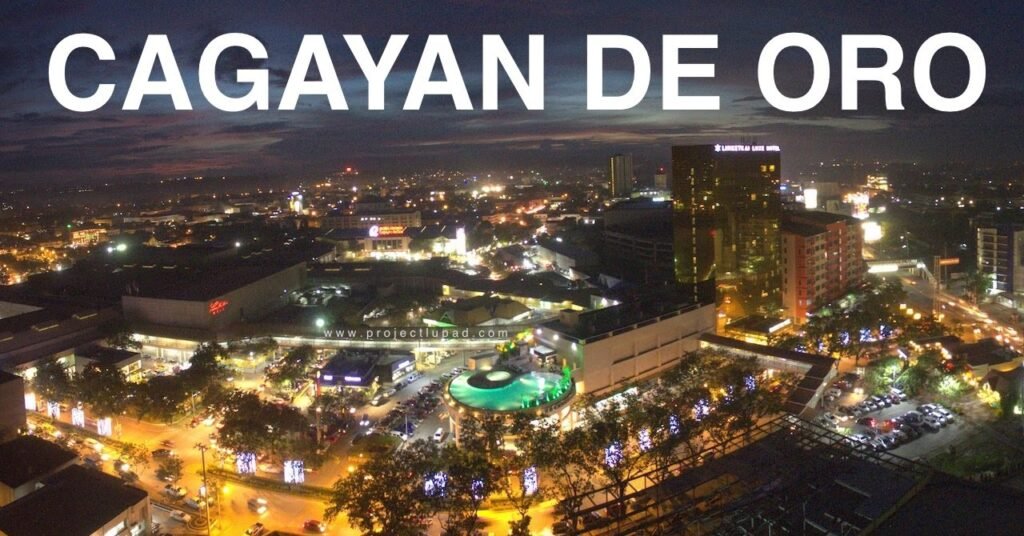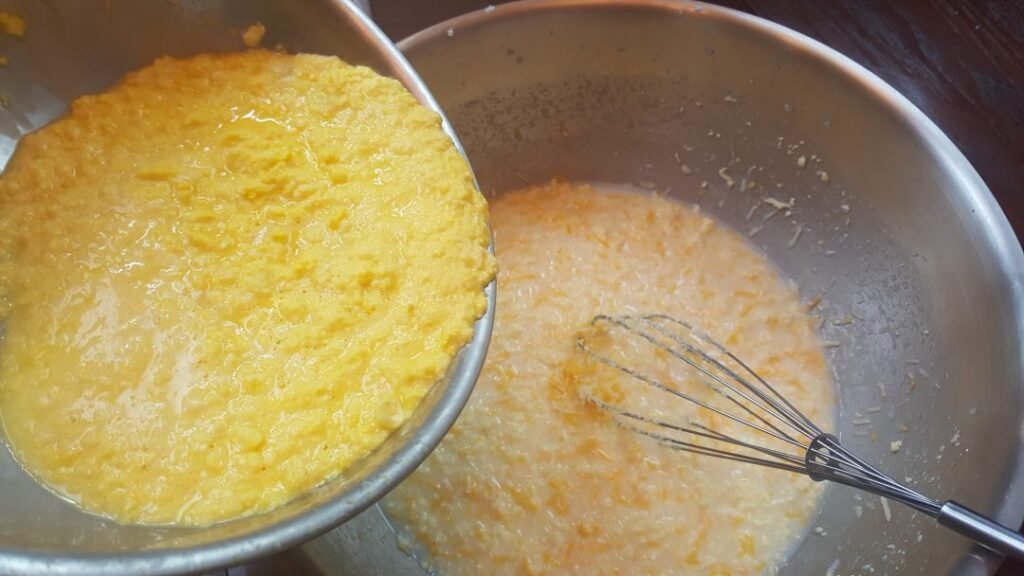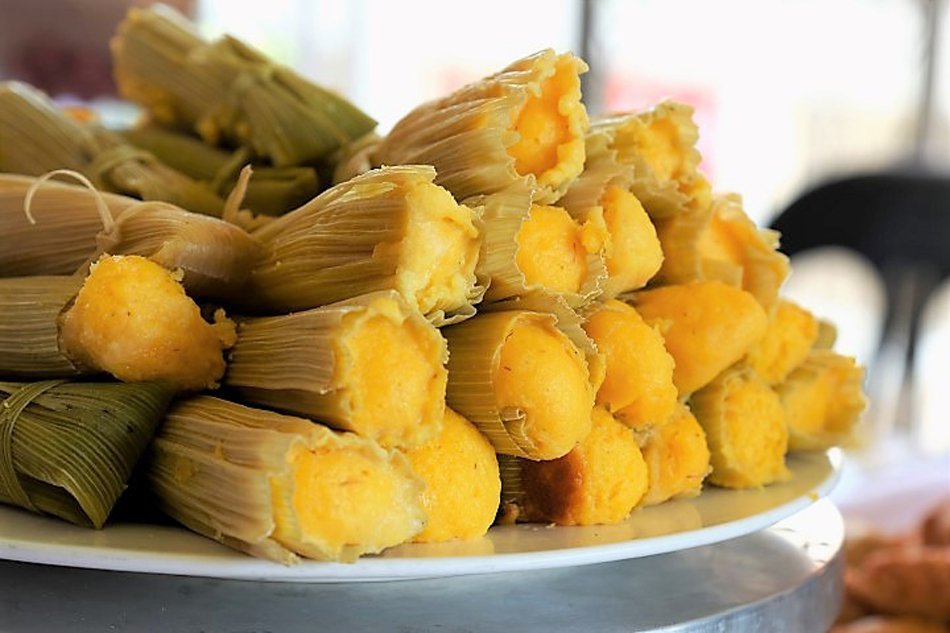Cagayan de Oro, known for its bustling streets and vibrant culture, holds within its culinary treasures a delectable delight known as Binaki. This local delicacy has captured the hearts and taste buds of both locals and tourists alike. Let’s embark on a journey to discover the history, significance, and recipe behind this mouthwatering treat.

Binaki traces its roots back to the indigenous tribes of Cagayan de Oro, particularly the Higaonon people. Originally prepared as a ritualistic offering during special occasions and celebrations, Binaki has evolved into a beloved delicacy enjoyed by many.
The word “Binaki” is derived from the Visayan term “binaliki,” which means “to wrap” or “to coil.” This name perfectly encapsulates the unique preparation method of this delicacy. Over the years, Binaki has become synonymous with Cagayan de Oro’s culinary identity, representing the rich cultural heritage of the region.
Beyond its delightful taste, Binaki holds significant cultural and social value in Cagayan de Oro. It serves as a symbol of unity and celebration, often shared among friends and family during festive occasions such as weddings, fiestas, and community gatherings.
The preparation and sharing of Binaki also foster a sense of community and tradition, as families pass down recipes and cooking techniques from generation to generation. Each bite of Binaki carries with it a piece of Cagayan de Oro’s history and heritage, making it more than just a culinary delight but a cultural icon.

Now, let’s dive into the kitchen and uncover the secrets behind making this delectable delicacy. Here’s a simple recipe for Binaki that you can try at home:
Ingredients:
- 2 cups glutinous rice flour
- 1 cup coconut milk
- 1 cup grated coconut
- 1 cup sugar
- Banana leaves, cleaned and cut into squares

